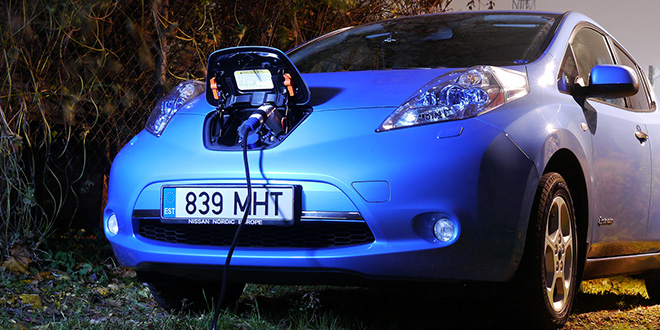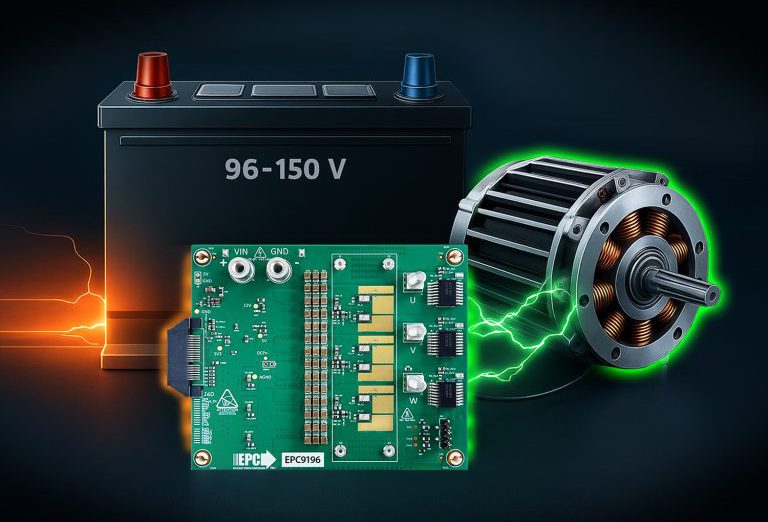The question of the “long tailpipe” is a fraught one: does an EV deliver lower carbon emissions than a legacy vehicle if the electricity comes from dirty coal? The latest study to address the issue comes from Carnegie Mellon University, and it includes a couple of surprising new findings.
“Regional Variability and Uncertainty of Electric Vehicle Life Cycle CO2 Emissions across the United States” compares the lifecycle carbon emissions of the (pure electric) Nissan LEAF to those of the (plug-in hybrid) Chevrolet Volt and Toyota Prius Plug-in.
The main conclusions here agree with what earlier studies (including one from the Union of Concerned Scientists and another from the University of Minnesota) have found: The carbon content of grid power varies tremendously – some regions rely heavily on coal, others have a high proportion of cleaner sources such as hydropower – but in most areas of the US, electric powertrains are cleaner on a well-to-wheels basis than the fossil-fueled kind.
“In some markets, the Prius Plug-in with its gasoline engine generator can be more carbon-efficient than the fully electric Nissan LEAF. For the most part, however, the LEAF is more efficient in most regions of the United States.”
However, here’s something that EV advocates may find disturbing: Delayed charging, which allows EV drivers to shift consumption away from peak-use hours, often translates to higher emissions, because the energy mix at night tends to include a higher proportion of coal.
Another interesting situation (but one that’s not likely to change): Differences in state subsidies do not align well with regional difference in carbon efficiency. For example, the state with that once had the largest state subsidies ($7,500) for BEVs is coal-happy West Virginia, where the carbon advantages of EVs are comparatively small.
[Updated: This article was updated July 14, 2015 – 12:00pm EST to reflect that the West Virginia state subsidy for Alternative Fueled Vehicles does not include vehicles purchased after April 15, 2013 that are powered by “electricity,” only those powered by “compressed natural gas, liquefied natural gas, or liquefied petroleum gas”.]
Source: Environmental Science & Technology via Torque News
Image: Kārlis Dambrāns (CC BY 2.0)



















































































